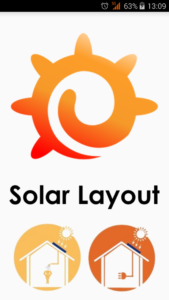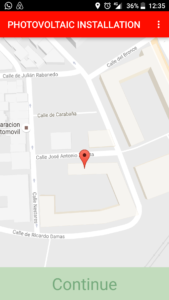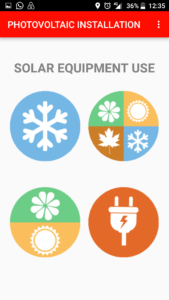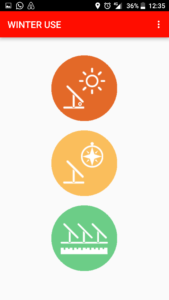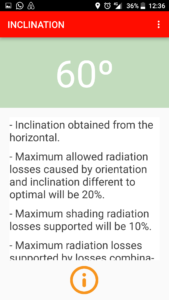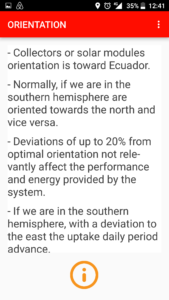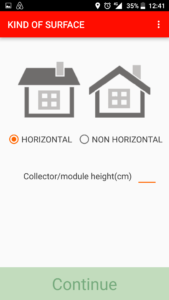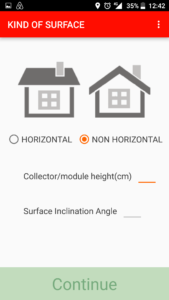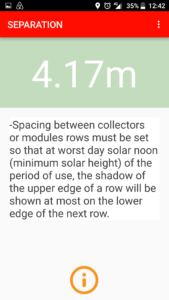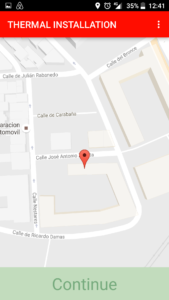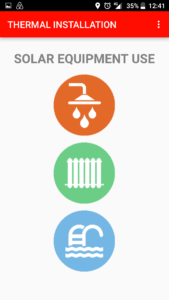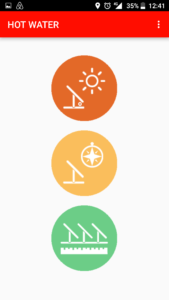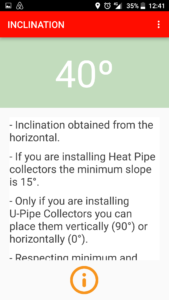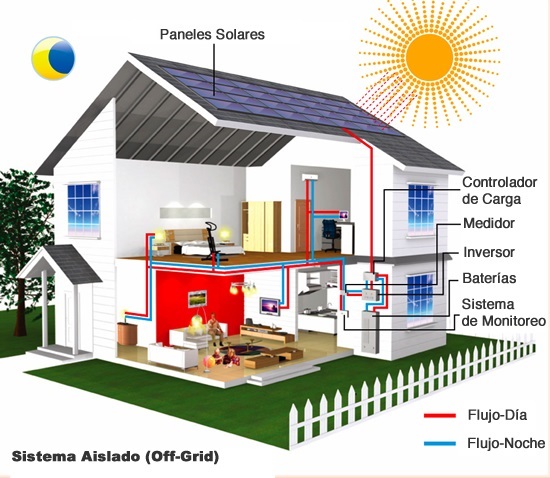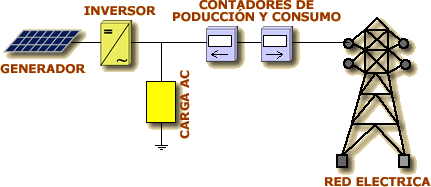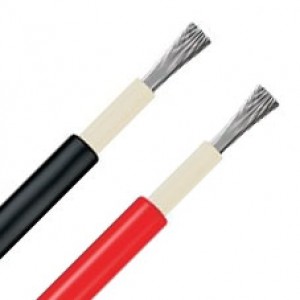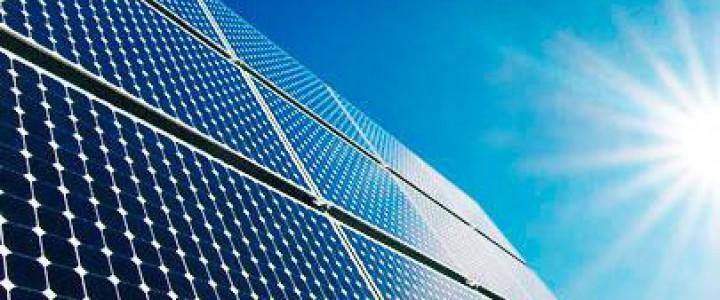Cells are silicon in the most used modules, element which is the main component of the silica, the material of the sand.
The regional production capacity distribution differs significantly depending on product type and its value chain position.
Solar grade silicon production capacity is headed by the US; followed by Europe, China, Japan and the rest of Asia.
Silicon cells and modules production capacity is dominated by Chinese and Taiwanese manufacturers; followed by Europeans, Japanese and the US.
Thin-film manufacturers must still optimize production to reach optimal cost structure to be competitive.
A difficult task with much lower prices for polysilicon, resulting in a significant decrease in silicon modules prices.
In order to avoid scarcity or oversupply cases, it is of utmost importance to guarantee supply, demand stability, based on a sustainable market so that the industry can foresee the growth of the same and plan its capacities.
Photovoltaic systems demand depends to a large extent on general economic climate and, most importantly, on governments policies to support their development.
Tariffs, along with administrative procedures and grid connection simplification, as well as priority grid access are policies aimed to guaranteeing sustainable demand.
A silicon cell provides a voltage of about 0.5 V and a maximum power of between 1 and 2 W.
In module manufacturing process, a certain number of cells must be in series connected to produce voltages of 6, 12 or 24 V indicated for most applications.
To produce a 12 V module, you need between 30 and 40 cells.
Cells connecting process is done by a special welding that joins the back of a cell with the front face of the adjacent one.
After electrical interconnections are completed, cells are encapsulated in a sandwich structure (tempered glass laminate – EVA – EVA – polymer cells).
The structure varies by manufacturer.
Subsequently a vacuum sealing is carried out, introducing it in a special furnace for its lamination, making tight the assembly.
If they have a metallic support frame, module perimeter is first surrounded with neoprene or some other material that protects it.

Once positive and negative connections are mounted, following controls are performed to ensure a 20-year service life with acceptable performance levels:
– Thermal cycles (-40 ° to 90 ° C)
– Humidity cycles.
– Freezing cycles.
– Wind resistance.
– Mechanical strength.
– High electric shock resistance.
– Saline atmosphere test (for marine environments).
Manufacture, performance, electrical and mechanical characteristics of photovoltaic module are determined in product technical specifications provided by the manufacturer.
As in solar cell, following parameters are important:
– Module maximum power or peak power PmaxG.
– IPmax: Intensity when power is maximum or current at maximum power point.
– VPmax: voltage when power is also maximum or voltage at maximum power point.
Other parameters are:
– IscG short-circuit current.
– Open circuit voltage VocG.
These parameters are obtained under standard conditions of universal use according to EN61215. Established as follows and the manufacturer must specify:
* Irradiance: 1000 W / m2 (1 Kw / m2)
* Incident radiation spectral distribution: AM 1.5 (air mass)
* Normal incidence
* Cell temperature: 25ºC
Modules working conditions may be very different once installed, so it is advisable to know variations that can occur, in order to make calculations relevant corrections.
In practice, module power decreases by approximately 0.5% for each cell temperature increase degree cell above 25 ° C.
To avoid having to calculate radiation average intensities, we can assume that cell average working temperature is 20º higher than ambient temperature.
For this concept, yield drops to 90%. In not based on crystalline silicon technologies, yield lower is smaller.
This is an extract of contents included in Technical-Commercial Photovoltaic Solar Energy Manual and Sopelia e-learning training .
All you need is Sun. All you need is Sopelia.



